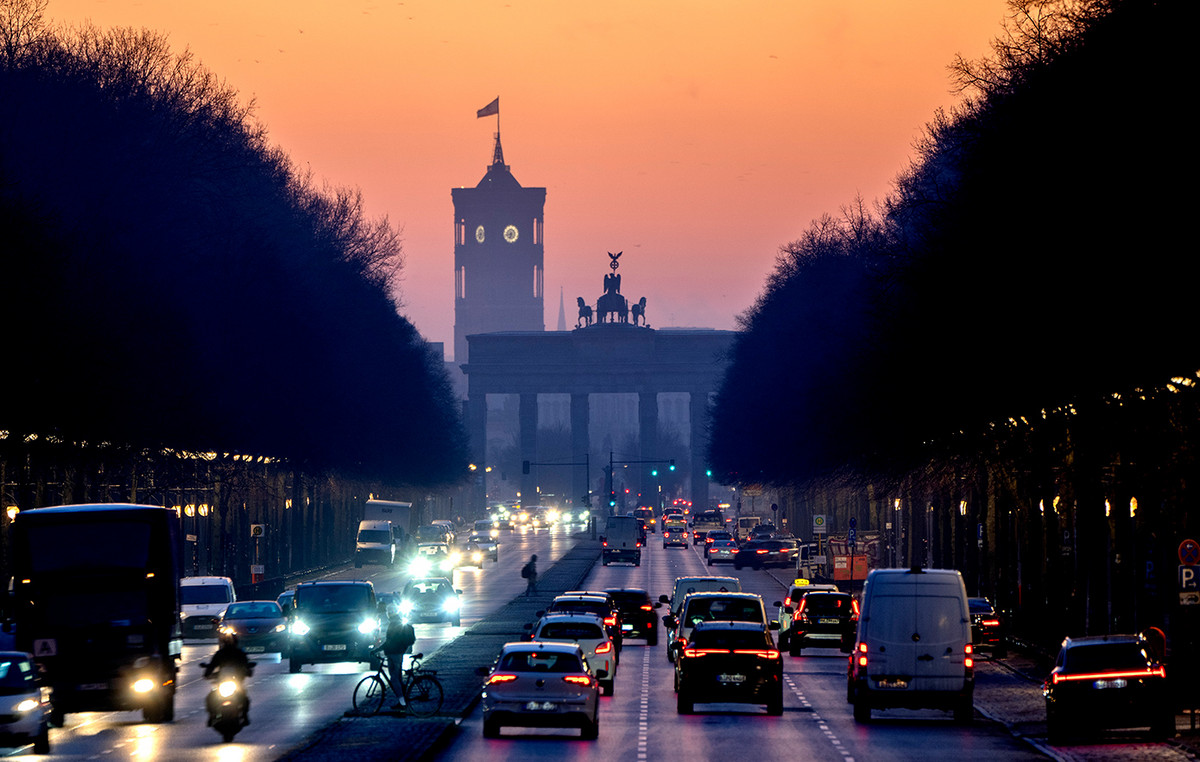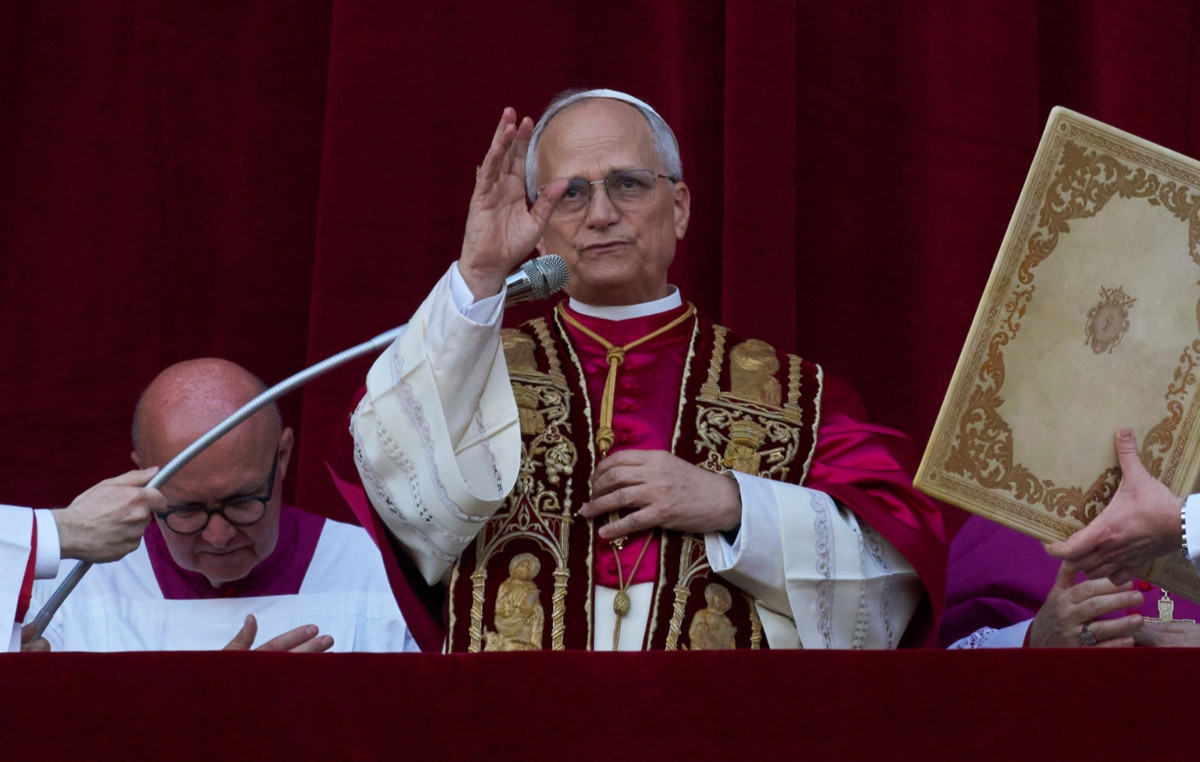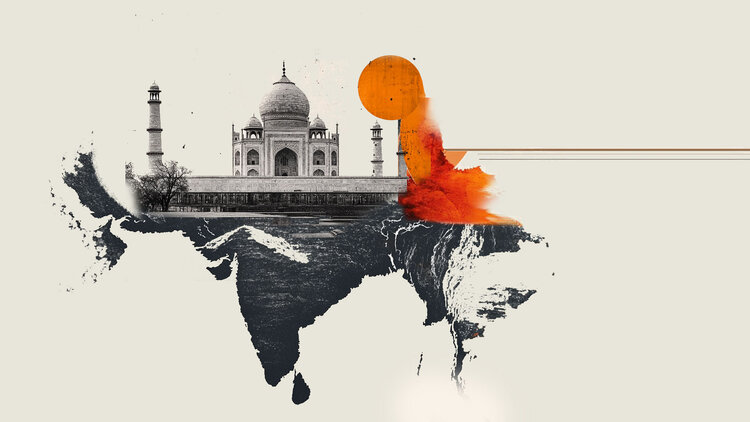The city of São Paulo will host the 27th LGBT+ Pride Parade this Sunday (11), which will take place on Avenida Paulista. The concentration for the event starts at 10 am.
Over the years, the term LGBT (which encompasses Lesbian, Gay, Bisexual and Transgender) has gained variants to include other forms of representation of sexual orientation and gender identity.
With so many letters, understanding the acronym can be difficult for those unfamiliar with the subject. “The more complex the acronym, the less it will be understood by a larger public”, said professor Evorah Cardoso, from the NGO VoteLGBT+. In addition to letters, each group within the community has a flag that represents it.
Activist Toni Reis, member of the National Education Forum and the National LGBTI+ Alliance, adds that, despite the importance of this representativeness, the best solution is not just to classify groups, since these categories can be placed in “aquariums”, instead of the “ocean”.
“There is a phrase that says that sexuality is an ocean. In these little words, you end up putting people in aquariums. I need us to break the aquariums.”
A CNN spoke with specialists and separated a list with the main flags of the LGBTQIA+ movement, as well as their meanings.
LGBTI+ Pride flag

The traditional and best known flag of the LGBTQIA+ movement, is represented with six horizontal stripes, each of a different color, forming a rainbow. Each of these colors has its own meaning.
Red represents life; orange, health; yellow, the sun; green, nature; blue, art; and purple, the spirit.
The flag was created in 1978 by Gilbert Baker and first used on the Gay and Lesbian Freedom Day March.
lesbian pride flag

The Lesbian Pride flag was created to contain seven different shades of pink, with each one expressing a different meaning.
The flag conveys the idea of femininity, love, peace, serenity, community and independence.
bisexual pride flag

The Bisexual Pride flag was created by Michael Page in 1998.
The explanation of the colors brings the idea of transition and mixing, with the purple stripe intermediate between pink and blue.
“The key to understanding the symbolism of the bi pride flag is to know that the purple band creates a smooth transition between the pink and blue bands, just as in the ‘real world’ bisexuals blend in smoothly with both the gay and lesbian communities and with heterosexual communities,” said Page.
Intersex Pride Flag

A little more recent, the Intersex Pride flag was created by the International Intersex Organization in Australia in 2013.
Intersex people are born with sex characteristics — including genitals, chromosome patterns and glands such as testes and ovaries — that don’t fit typical binary notions of male or female bodies. The flag was made with a purple circle in the center and a yellow background.
According to the organization, “the circle has no breaks or ornaments, representing wholeness, completeness and our potentialities. We still fight for bodily autonomy and genital integrity, and this symbolizes the right to be who and how we want to be.”
pansexual pride flag

Pansexual is the person who is attracted to others, regardless of gender, not limited to male and female, or a specific orientation.
The flag has a blue band, which represents attraction to men, a pink band, which represents attraction to women, and a yellow band, which represents attraction to people who identify as genderless, of both genders, or of a third party. gender.
flag of polysexuality

Polysexuality is an identification of those who are sexually attracted to more than one gender, but not to all.
The terminology differs from pansexuality in that “poly” means many, and “pan” means all.
The flag has three stripes, a rose, which represents those who identify as women; a green one, which represents attraction to various genders; and a blue one, which represents people who identify with the masculine.
flag of polyamory

The Polyamory flag was designed in 1995 by Jim Evans and is represented with a blue, a red and a black band.
Blue represents openness and honesty between all people who partner with people who are polyamorous; red represents passion; and black represents solidarity with those who hide their relationships due to social pressures
Polyamory represents various forms of non-monogamous, sexual and non-sexual relationships.
Non-Binary Gender Flag

Non-binary people have a gender identity that fluctuates between male and female genders.
The yellow band on the flag is outside the gender binary concept; white are people who are of many genders; purple is the fluidity and multiplicity of gender experiences, while black represents agender.
This flag was created by Kye Rowan in 2014.
Aromantic Pride Flag

The first Aromantic Pride Flag was created in 2011, with the current version being dated 2014. An aromantic person is one who feels little or no romantic attraction to other individuals.
The aromantic flag is made up of five stripes: two green stripes, one white stripe, one gray stripe and one black stripe.
The two green bands signify the aromantic spectrum, the white band stands for platonic love and relationships, the gray band represents all spectrums of human sexuality, while the black band represents strict aromaticity.
Trans people pride flag

The Trans People’s Pride flag was created in 1999 by Monica Helm.
The two blue bands at the ends represent trans men, while the light pink bands symbolize trans women.
The white stripe in the center of the flag represents intersex, people in transition, gender neutral or genderless.
flag of demisexuality

Demisexual people are those who need a deeper connection with whom they are going to relate, seeking an emotional bond to feel attraction.
The black triangle represents asexuality; the white stripe represents sexuality in the demisual flag and “non-asexual partners and allies”; purple represents the concept of community; and gray, demisexuality.
Genderqueer Pride Flag

The Genderqueer Pride flag was created in 2010 by Marilyn Roxie, and consolidated two years later. Genderqueer is an English term for people who do not fit only the male or female gender, and may express characteristics of one or none of them.
It has three stripes: the first, in lavender, represents androgyny (a term used to designate people with both masculine and feminine physical traits).
The white band represents gender neutrality and the green band, identities beyond the binary system.
asexual pride flag

The Asexual Pride flag was created in 2010 by the Asexual Visibility and Education Network (Aven).
Asexual is a person who is not sexually attracted to other people, regardless of gender.
Of the four horizontal stripes, the black one represents asexuality; gray symbolizes the area between being sexual and being asexual; the white one represents the
sexual desire; and the purple band represents the community.
Flag of Agenerity

Agender, basically, is that person who does not identify with any gender, thus falling under the non-binary umbrella.
The flag contains horizontal bands in black, white and green, with black and white symbolizing genderlessness and green non-binary genders.
bear flag

The Urso community flag was created by Craig Byrnes in 1995.
It can be characterized as a subculture of the gay community, which encompasses a trend of people who keep body and facial hair.
In general, this community has a strong presence of gay or bisexual men.
Source: CNN Brasil
I’m James Harper, a highly experienced and accomplished news writer for World Stock Market. I have been writing in the Politics section of the website for over five years, providing readers with up-to-date and insightful information about current events in politics. My work is widely read and respected by many industry professionals as well as laymen.







